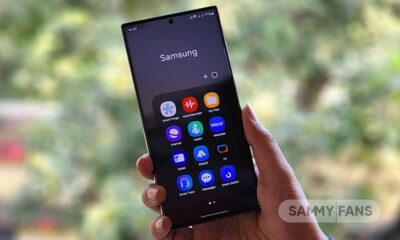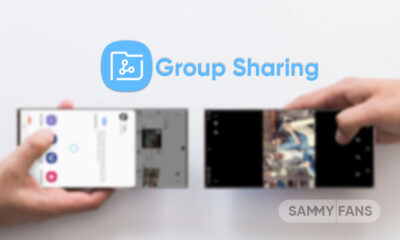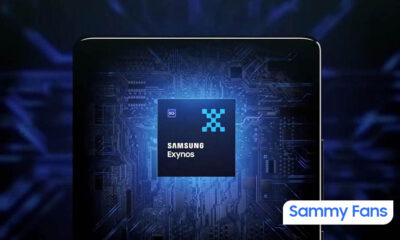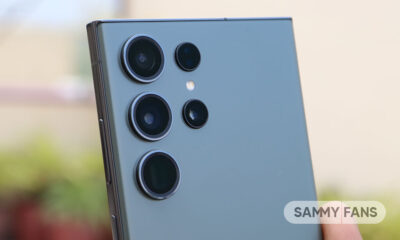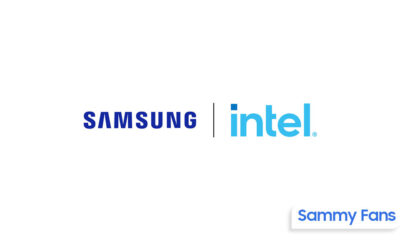News
Samsung One UI 6.0 might add another eye-saving screen feature
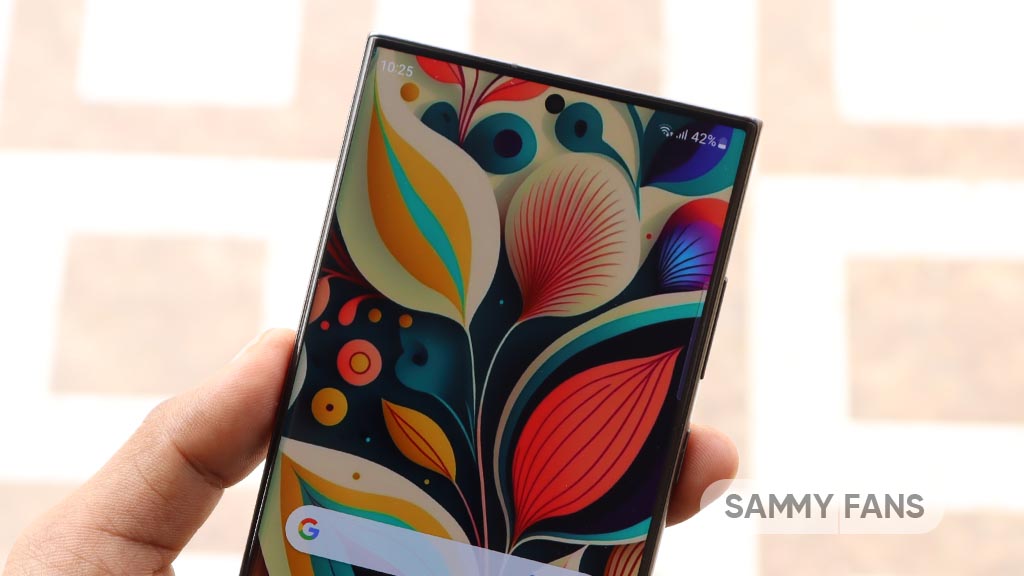
Google is reportedly testing a new Android feature, which might auto-adjust screen brightness even if the device is locked. This new eye-saving screen feature will be quite useful in a dark room or nighttime conditions and we believe, Samsung will bring it with One UI 6.0.
Samsung One UI 6.0 to bring new eye-saving screen feature
As spotted by Mishaal Rahman, Google appears to be working on using the “brightness sensor to determine the screen’s initial brightness.” The new function is likely to help your Android device to take the ambient light into account to ensure the screen is not too bright in a dark room or low-light environment.
The company has recently released the Android 13 QPR2’s source code, which includes various code changes, as part of the preparation for upcoming features to the OS. The auto-screen brightness feature will ensure that your phone’s screen brightness doesn’t harm your eyes when you move to a dark environment from a bright one.
As of now, it’s unclear whether Google will make it official with the next Pixel Feature Drop in June or keep it reserved for the next version of Android, likely to release in August this year. Anyway, we have to wait until later this year to see if Samsung brings it to the One UI 6.0 software.
“Use a brightness sensor to determine the screen’s initial brightness”
Test: Use the device in a bright room, turn the screen off, go to a dark room, turn the screen on, see that the screen doesn’t start as too bright. Source/Via

Samsung Galaxy devices already have the Eye comfort shield feature, which reduces the impact of screen brightness on your eyes. This function was added with One UI 4, and further refined with the new One UI 5 software. However, the device makes you uncomfortable when you trigger an initial screen unlock.
Over the past few years, the Android operating system greatly improved the auto-brightness functionality. Samsung has also made additional improvements in One UI so your Galaxy device won’t make any kind of impact on your eyes. However, these kinds of further upgrades are most welcomed.
Follow our socials → Google News, Telegram, Twitter, Facebook
More on One UI 5.1:
News
Samsung Galaxy S25’s 3nm Exynos 2500 to beat Snapdragon 8 Gen 4 in power efficiency

Samsung’s first 3nm Exynos 2500 chip could outpace Snapdragon 8 Gen 4 in power efficiency. Both chipsets will power the next-gen Galaxy flagships, scheduled for an early 2025 launch. Recent input suggests that Exynos is returning as a tough rival to Snapdragon.
The Exynos 2500 will be made on Samsung’s 2nd-gen 3nm process technology. The S24’s Exynos 2400 chipset impressed the industry with significant improvements over its predecessor. The company appears to be leveling up the game next year.
Thanks to the cutting-edge process node, Samsung’s next Exynos could finally surpass its Snapdragon counterpart in power efficiency. The company may utilize its advanced FOWLP in the Exynos 2500 to make it run at higher clock speeds at the same power consumption level.
Qualcomm is facing power efficiency concerns with its recent Snapdragon chips. Due to reduced efficiency, phone makers are forced to bring up to 5000mAh battery. Samsung apparently seized this opportunity to bring back its in-house Exynos back to the contest.
Stay up-to-date on Samsung Galaxy, One UI & Tech Stuffs by following Sammy Fans on X/Twitter. You can also discover the latest news, polls, reviews, and new features for Samsung & Google Apps, Galaxy Phones, and the One UI/Android operating system.
Do you like this post? Kindly, let us know on X/Twitter: we love hearing your feedback! If you prefer using other social platforms besides X, follow/join us on Google News, Facebook, and Telegram.
News
Samsung and Intel race to develop next-gen AI processors
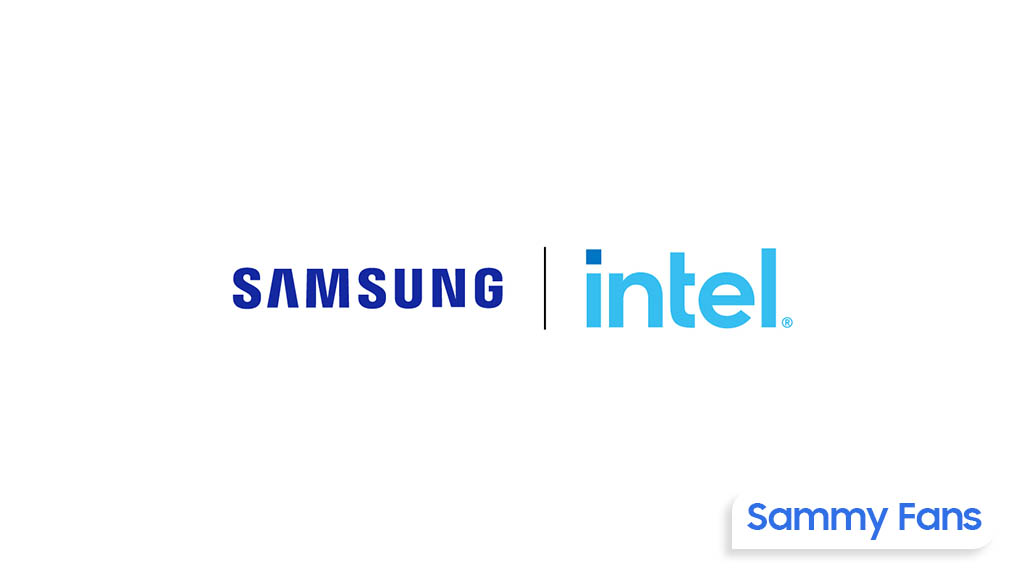
Following Google, Meta, Apple and Microsoft, Samsung and Intel joined the race to develop next-gen AI processors. Aimed to lead AI semiconductor tech, both companies launched chips addressing NVIDIA GPU shortcomings, including price and performance per watt.
After completing the development of MACH-1, Samsung has recently started working on MACH-2. The company has also supplied MACH-1 prototypes to major IT firms in South Korea (Naver) and other parts of the world to gather feedback for MACH-2 development.
Intel launched its latest AI semiconductor – Gaudi 3, collaborating with Naver. The company aims to counter NVIDIA GPU drawbacks, particularly in price and performance per watt. Notably, Intel’s Gaudi 3 offers over 40% better power efficiency than NVIDIA GPUs.
Tech giants launching AI chips also prioritize energy efficiency. Google Cloud’s TPU “v5p” is 60% more energy-efficient than similar hardware, with a performance of 459 TFlops. Samsung also prioritizes power efficiency in MACH-1 and MACH-2 development.
Stay up-to-date on Samsung Galaxy, One UI & Tech Stuffs by following Sammy Fans on X/Twitter. You can also discover the latest news, polls, reviews, and new features for Samsung & Google Apps, Galaxy Phones, and the One UI/Android operating system.
Do you like this post? Kindly, let us know on X/Twitter: we love hearing your feedback! If you prefer using other social platforms besides X, follow/join us on Google News, Facebook, and Telegram.
Apps
Samsung Customization Service just got better with April 2024 update

Samsung is rolling out an April 2024 update for the Customization Service app with version 3.5.01.4. This update brings bug fixes and general enhancements that promise to elevate the overall user experience.
The fresh update of the Samsung Customization service improves some functions for smoother performance. Also, it fixes some issues that users encountered in previous versions to make the app more reliable. Notably, the update is compatible with Galaxy devices running Android 14 or Android 13.
The Customization Service app is designed for Samsung devices to deliver individual preferences and needs smartly. By analyzing user interactions and data, the service offers personalized content and recommendations, creating a unique and tailored experience for each Samsung device owner.
With the April 2024 update, Samsung aims to provide better performance and user experience to Galaxy users through Customization Service. You can get the latest update through the Galaxy Store or download it directly from the third-party app source link mentioned here.
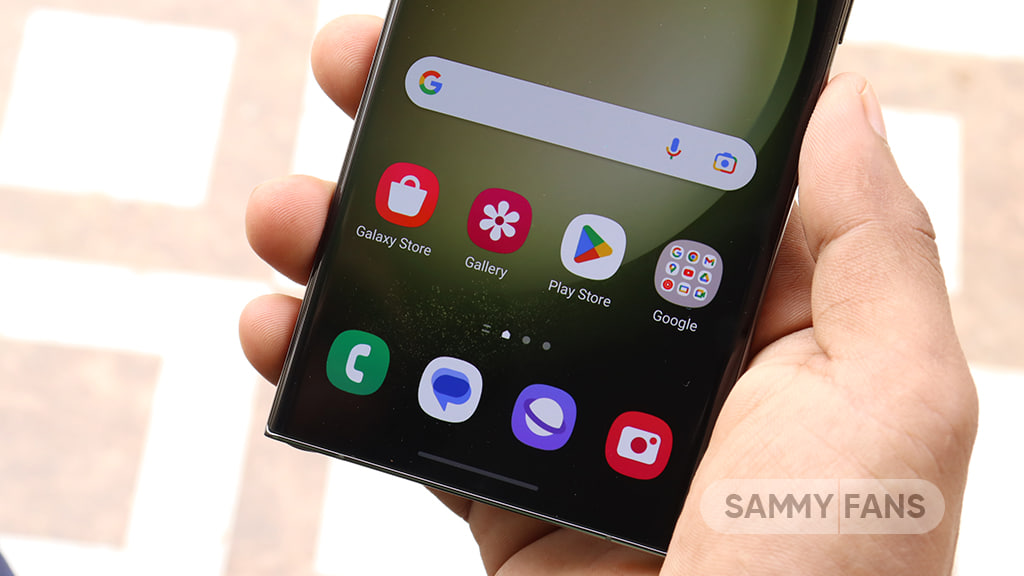
Stay up-to-date on Samsung Galaxy, One UI & Tech Stuffs by following Sammy Fans on X/Twitter. You can also discover the latest news, polls, reviews, and new features for Samsung & Google Apps, Galaxy Phones, and the One UI/Android operating system.
Do you like this post? Kindly, let us know on X/Twitter: we love hearing your feedback! If you prefer using other social platforms besides X, follow/join us on Google News, Facebook, and Telegram.

